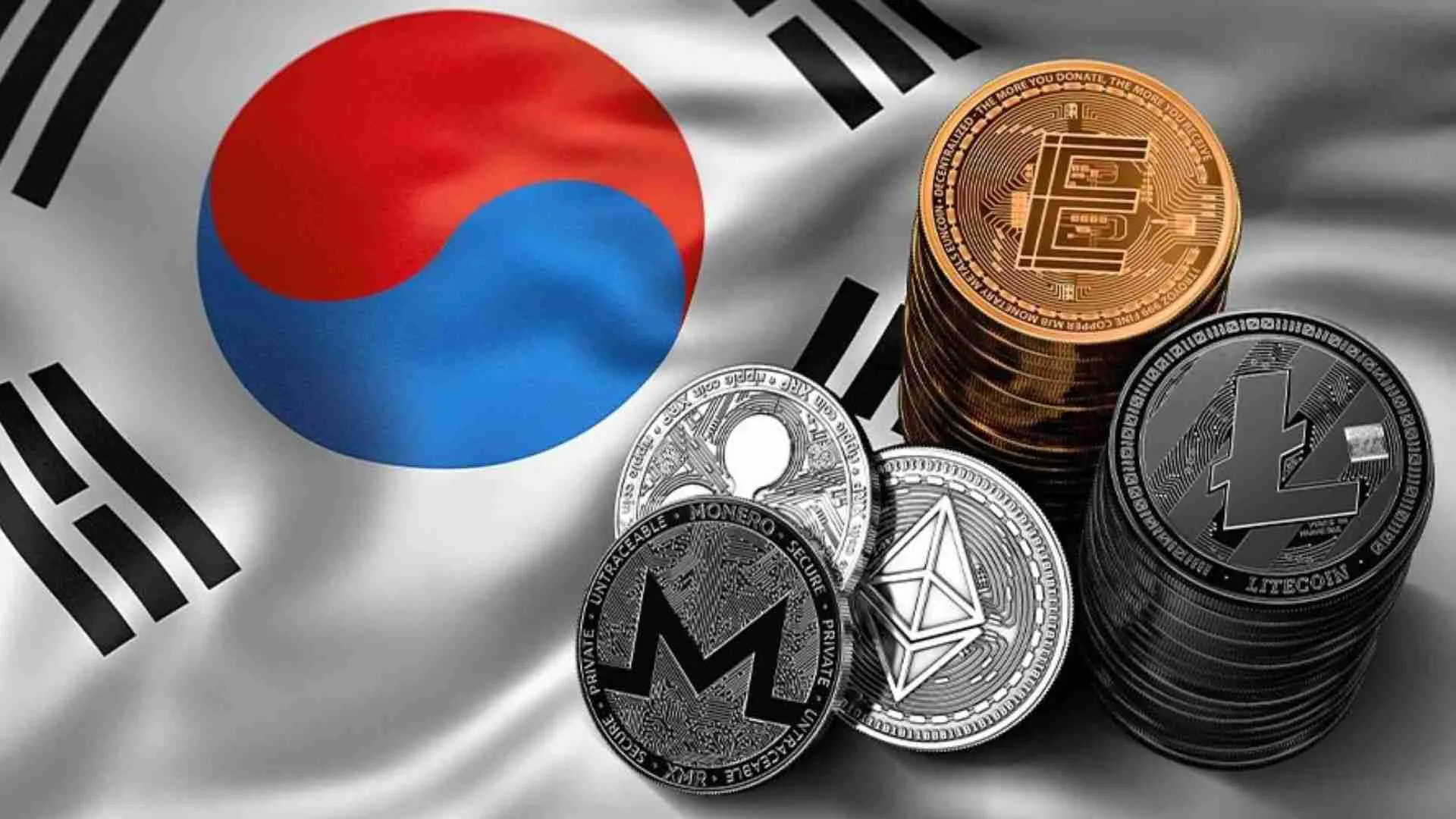South Korea and North Korea have dramatically contrasting marriage and divorce trends, influenced by their respective social norms and policies.
In spite of policies aimed at promoting marriage, South Korea has persistently low marriage rates. Incentives by the government, including cash benefits and housing allowances, have had minimal effects. The Wall Street Journal reports that Busan’s Saha-gu ward launched an initiative rewarding couples with up to $64,000 if they marry and produce children. Likewise, the Seoul Metropolitan Government is set to give one million won (or around $930) to newlyweds from October 2025 to support household costs.
But these efforts have not been very successful. Increasing living expenses, strenuous working hours, and changing social mores discourage many couples from getting married. In 2023, there were only approximately 193,657 couples who were married, the lowest since 1981.
Conversely, North Korea imposes severe restrictions on divorce. Recent reports indicate that individuals seeking divorce risk being sentenced to labour camps for up to six months, with women often receiving harsher penalties.
North Korea considers divorce ‘anti-socialist’ activity and deems it ‘abnormal’. The government amplifies social stigma through the distribution of new identification cards that note a person’s marital status, thus discriminating against them. Divorced individuals, especially women, are stigmatized, and their children are deprived of care by educators and students.
The government’s rigid approach became even tougher after a surge in divorces after economic hardships during the COVID-19 pandemic. Criminalizing marital collapses, the regime attempts to maintain family reunions as a necessary pillar of its socialism.
These contrasting policies on marriage and divorce mirror the opposing strategies of South Korea and North Korea—one attempting to promote marriage and the other imposing its continuation through coercion.









